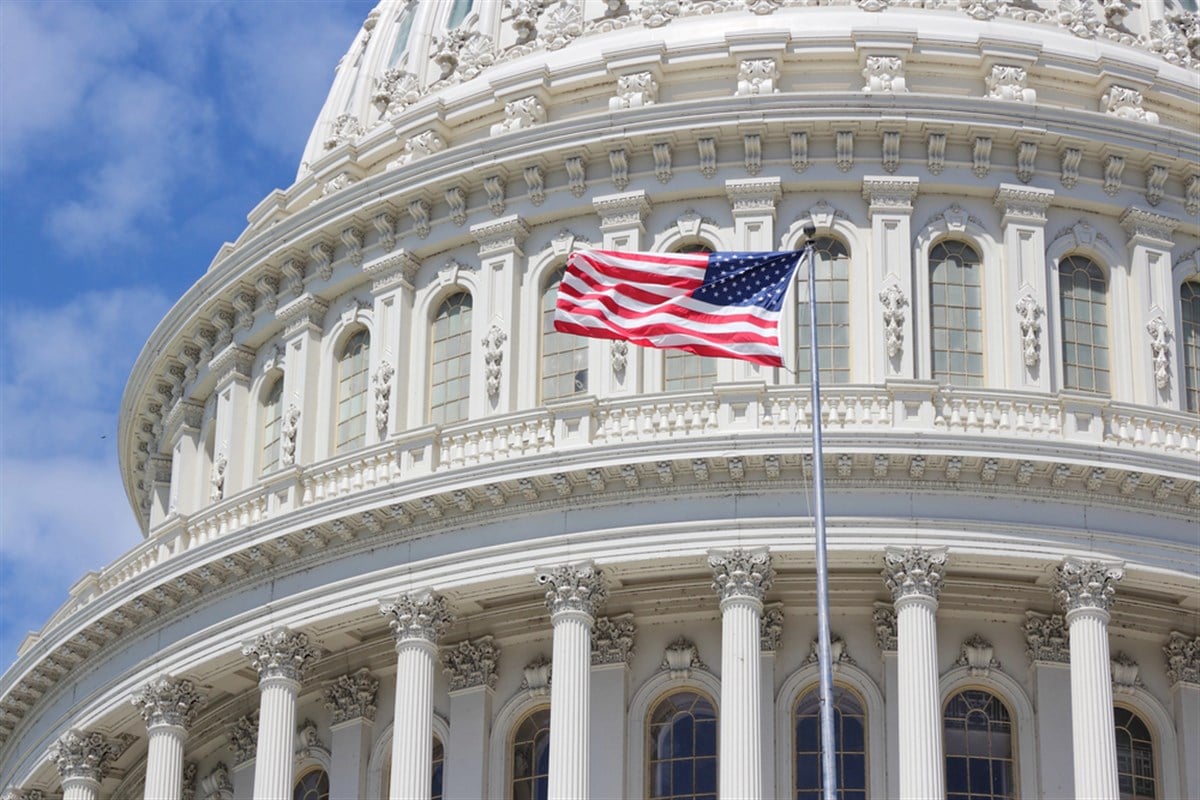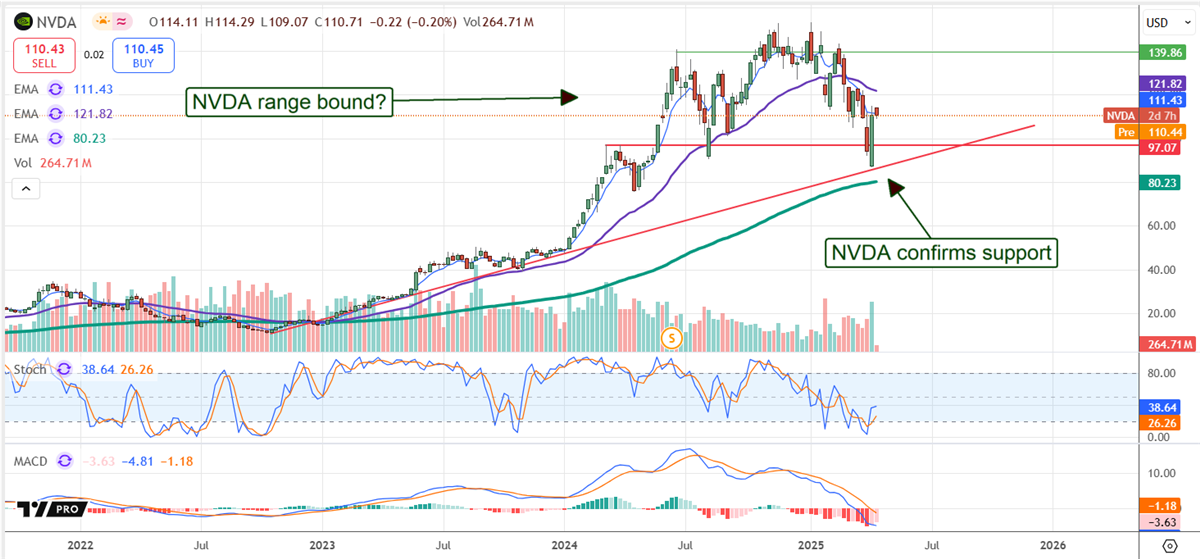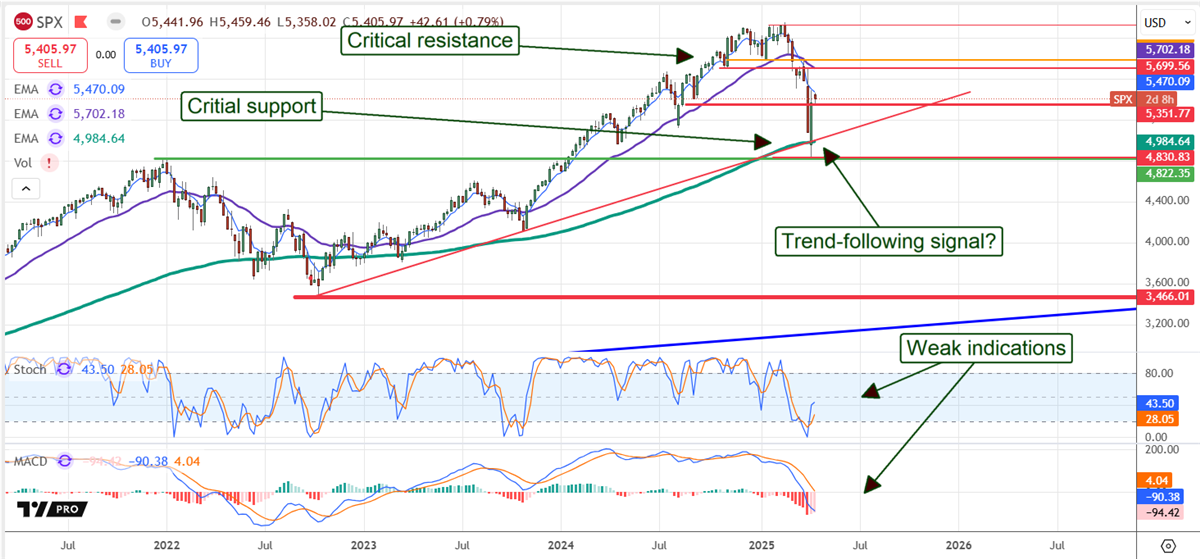Trump's Great Society (From Porter & Company)
Congress! Who Traded What During the Tariff-Induced Meltdown 
Members of Congress were actively trading during the tariff-induced stock market meltdown, and the action was bipartisan. Members of both houses and from both sides of the aisle bought and sold just before, on the day of, and in the two weeks following the April 2nd worse-than-worst-case bombshell. This is a look at who sold, who bought, and what they traded based on filings dated April 3 or later. Regarding NVIDIA (NASDAQ: NVDA), the single most important stock to the market in 2025, it was bought and sold by Democrats and Republicans, so no clear signal was given. 
The Most Active Buyers are Both From the House According to filings tracked by MarketBeat, the most active buyers are Marjorie Taylor Greene (R-GA) and Gilbert Ray Cisneros (D-CA). Each made more than a dozen purchases in what appears to be an opportunistic move, taking advantage of highly discounted prices. The lists include names like Amazon (NASDAQ: AMZN), JPMorgan Chase, UnitedHealth, and Palantir, all of which are high-quality companies supported by expansionary trends. They each face headwinds in 2025 but have, so far, avoided significant disruption and continue to build value for investors. It is also worth noting that the lists provide broad exposure, including semiconductors, consumer, finance, and transportation. Other notable buyers include Jefferson Shreeve (R-IN) and Josh Gottheimer (D-NJ). Their purchases were less prolific but still topped the one-dozen mark, including many of the same or similar stocks as the leaders. Standout names on Mr. Gottheimer’s list include multiple purchases of Walmart and Booking Holdings; standouts on Mr. Shreeve’s buy list include ServiceNow, Advanced Micro Devices (NASDAQ: AMD), and Home Depot. The Most Active Sellers Were Democrats Although sales were made on both sides of the aisle, the most active sellers during the tariff meltdown were Democrats, including G. Cisneros, J. Gottheimer, and Greg Landsman (D-OH). Their broad-based sales suggested a mad-dash, run-for-cover attitude and/or significant portfolio reshuffling. Commonalities include Tesla (NASDAQ: TSLA), which is unsurprising, and cybersecurity stocks like Palo Alto Networks (NASDAQ: PANW) and AI/Automation names like Salesforce (NYSE: CRM), Microsoft (NASDAQ: MSFT), and Snowflake (NYSE: SNOW). The cybersecurity companies are supported by increasing digitization globally, advancing technology, and rising threats. In contrast, AI/automation is supported by the same, plus the impact on business efficiency, margin, and customer satisfaction. The most active seller among Republicans is J. Shreeve. Mr. Shreeve's sales rival the Democrats in number and scope, including many of the same stocks. Names like Microsoft, ServiceNow, and Costco, whose stock prices analysts indicate will move higher, are suffering from macroeconomic uncertainty. While everyone's distracted by the recent stock market rally and Trump's tariffs...
There's a much bigger story that's flying under the radar for now:
Why are Warren Buffett, Ken Griffin, Roman Abramovich, the Koch Brothers, Carlos Slim and at least 100 members of Congress all going against "conventional wisdom?"
And why are they all piling into ONE overlooked corner of the stock market?
It's not crypto... gold... or options strategies. Don't know where to start investing in AI? Check out my latest investor briefing. Some Takeaways From the Congressional Stock Trading Data Takeaways from the Congressional stock trading data include Marjorie Taylor Greene topping the list of active buyers. However, she is an active investor, so this isn’t surprising given the opportunity presented by the market. What is surprising is that Nancy Pelosi (D-CA) isn’t listed among the members making trades. Another takeaway is that Democrats did most of the selling but didn’t just sell. Well-known active investors, including J. Gottheimer, took advantage of the opportunity. The impact on the market is that the Members of Congress are adding to market volatility in Q2 and will likely continue to do so until the tariff issues are settled and the market has adjusted. As it is, the S&P 500 has confirmed support and an uptrend in early April, but the signal remains weak. Investors and traders should expect the index to track sideways at current levels, potentially within a wide range with a bottom of 4,850 to 5,000. The critical support target is 5,000; a move below it would indicate a more profound decline is coming. The critical resistance is near 5,750 and may cap gains until later in the year. 
Written by Thomas Hughes Read this article online › Recommended Stories: Did you like this article?  
|
0 Response to "Congress! Who Traded What During the Tariff-Induced Meltdown "
Post a Comment